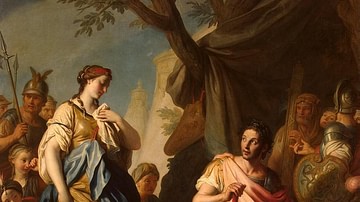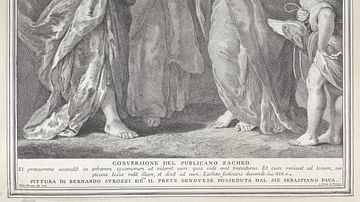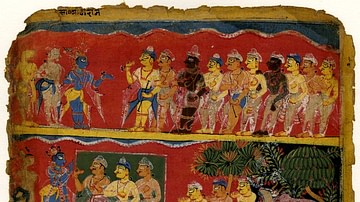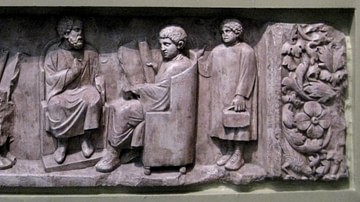Search
Search Results

Definition
Roman Army
The Roman army, famed for its discipline, organisation, and innovation in both weapons and tactics, allowed Rome to build and defend a huge empire which for centuries would dominate the Mediterranean world and beyond. Overview The Roman...

Definition
Flour War
The Flour War refers to the series of approximately 300 riots that swept through France from April to May 1775, because of rising bread prices. The revolts only subsided after soldiers had been deployed, resulting in hundreds of arrests...

Article
Colour & Technique in Renaissance Painting
There were three principal painting techniques during the Renaissance: fresco, tempera, and oils. In all of these techniques, colour was an important part of the painter's armoury, allowing them to create images that would strike a chord...

Article
Herodotus in Art
Herodotus' Histories with their historical, geographical, ethnographic, and religious aspects, have always been a source of delight and interest, not only for generations of readers, students, and storytellers, but also for artists. A complete...

Image
Delivery of the Keys to St. Peter by Perugino
The Delivery of the Keys to Saint Peter fresco by the Italian Renaissance artist Pietro Perugino (c. 1450-1523 CE). Sistine Chapel, Rome, c. 1481 CE.

Image
Alexander The Great and Roxane
Alexander The Great and Roxane (1756) by Pietro Antonio Rotari (1707–1762). Hermitage Museum, Saint Petersburg, Russia.

Image
Battle Between Love & Chastity by Perugino
Battle between Love and Chastity, a painting for Isabella d’Este (1474-1539 CE) by the Italian Renaissance artist Pietro Perugino (c. 1450-1523 CE). Created 1503-5 CE. (Louvre, Paris)

Image
Conversion of Zacchaeus
An illustration portraying a conversion of Zacchaeus. Etching. Created by Pietro Monaco between 1730–39 after the work by Bernardo Strozzi (1581–1644).
Located at the Metropolitan Museum of Art, New York.

Article
Caste System in Ancient India
Ancient India in the Vedic Period (c. 1500-1000 BCE) did not have social stratification based on socio-economic indicators; rather, citizens were classified according to their Varna or castes. 'Varna' defines the hereditary roots of a newborn...

Article
Roman Education
Roman education had its first 'primary schools' in the 3rd century BCE, but they were not compulsory and depended entirely on tuition fees. There were no official schools in Rome, nor were there buildings used specifically for the purpose...